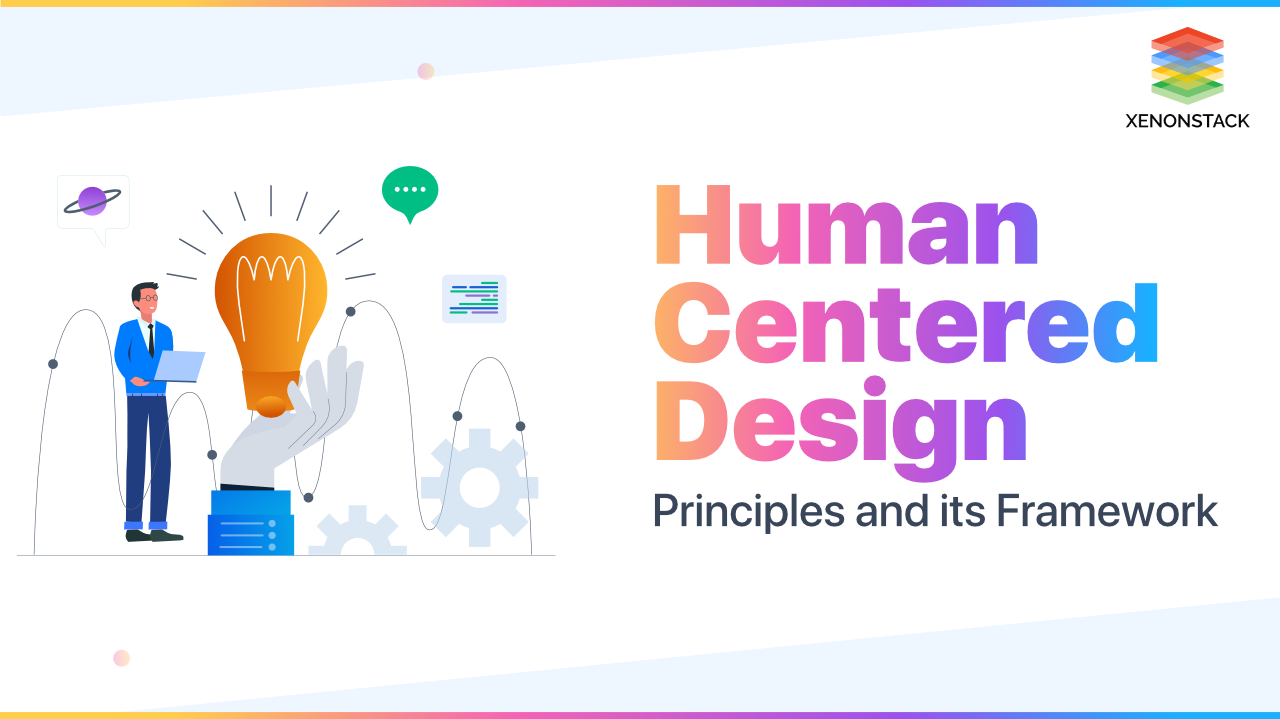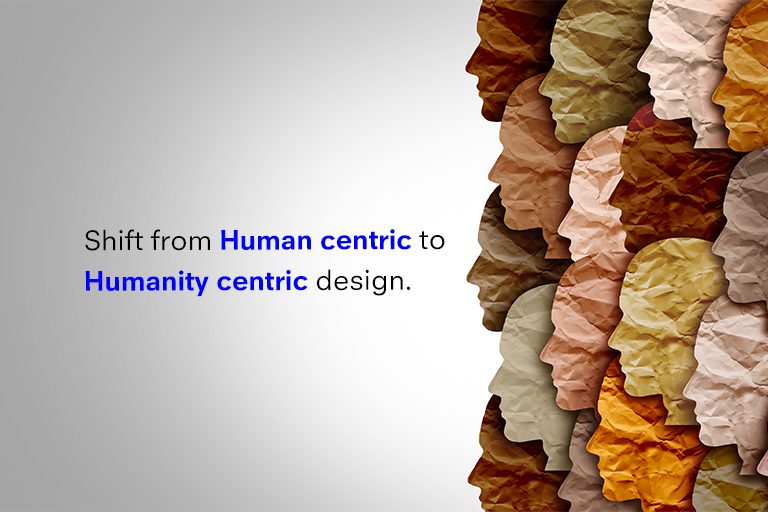Table Of Content

This information is then used to generate ideas and concepts for the design. Another key difference is the skills and expertise required for each process. Product design typically requires a mix of creative and technical skills, such as design, engineering, and user experience. Product development, on the other hand, typically requires more technical skills, such as engineering, manufacturing, and quality control.
Innovation
The goal of this step is to generate a diverse range of potential solutions, without judging or evaluating them at this stage. One key difference between product design and development is the stage of the product creation process in which they occur. Product design takes place at the beginning, before the product has been created. Product development, on the other hand, occurs after the product design has been finalized and the product is ready to be manufactured.
Community
Are you interested in learning more about the benefits of human-centered design? Explore our seven-week Design Thinking and Innovation course, one of our entrepreneurship and innovation courses. A great example of human-centered design is a children’s toothbrush that’s still in use today. In the mid-nineties, Oral-B asked global design firm IDEO to develop a new kid’s toothbrush. Rather than replicating what was already on the market—a slim, shorter version of an adult-sized toothbrush—IDEO’s team went directly to the source; they watched children brush their teeth.
Within Climate Change and Sustainability
Human-centered design sits at the intersection of user desirability, business viability, and technical feasibility. While all three traits are indispensable to creating experiences users love, you must first understand what people desire. The third step, design, involves brainstorming and generating a wide range of potential solutions to the problem. This can involve sketching, drawing, or using other visual tools to come up with ideas.
The human-centered design of the future could mean products and services that we don’t notice at all. When carriers install self-service check-in kiosks, they typically position staff nearby to guide customers through the process. The next time those travelers fly, they are less likely to need assistance.

A product design agency is a professional organization that specializes in creating and developing products for businesses and organizations. Agencies like ours are typically composed of a team of designers, engineers, and other experts who have extensive experience and knowledge in the field of product design. Prior to admittance into the MA_HXDI program, all students must first apply to, and be accepted by the University (visit Graduate Admissions).
On the verge of development, a country must be ready to adhere to all necessities of its citizens. A nation requires providing facilities to all in need without any inconvenience. One will be able to build more intuitive, accessible products that are likely to turn a higher profit because the users have already vetted the solution and feel more invested in using it. Thus universal design approach is being adopted throughout the infrastructures to help people with disabilities and various needs to have a hassle-free experience. TestTesting involves validating important assumptions about a product design, service design, or business model.
Human-centric manufacturing: How new approaches to technology design can transform European industry - Cordis News
Human-centric manufacturing: How new approaches to technology design can transform European industry.
Posted: Thu, 31 Aug 2023 07:00:00 GMT [source]
“What I wanted to do was create a way to learn languages for free,” says von Ahn. “If you look at language learning in the world, there are 1.2 billion people learning a foreign language, and two-thirds of those people are learning English so they can get a better job and earn more. The problem is that they don’t have equity and most language courses cost a lot of money.” Turning an expensive process into an affordable experience for millions while considering their learning process is incredible. The designers of fitness trackers recognized people’s difficulties in tracking and maintaining exercise goals and devised a long-term solution. Also, don’t forget that although there is a screen mirroring option in mobile phones, unless people own two android products, they can’t connect their phone to their screens wirelessly.

This involves conceptualizing ideas, conducting research, and sketching out designs. The focus of product design is on the aesthetic and functional aspects of the product. This includes things like the shape, color, and materials used, as well as the user experience and usability.
Overall, implementation should lead to continuous adaptation and growth of a solution in response to needs, market trends, and user behaviors. The process champions new solutions that come from cultivating deep empathy and are built to suit human needs. Human-centered design arises from underlying principles of human factors. See why human-centered design is a vital approach for accommodating real users—real people. CNext, come up with product design solutions, and finally, complete the design according to requirements.
Here you and your team will come up with ideas based on what you learned in the previous phase. Even bad ideas can make it to the table as they can always have the root of a good idea in it. Give your team the skills, knowledge and mindset to create great digital products.
You then use the inspiration and empathy gained to develop a point of view and begin thinking about how your research will translate into the product or service you’re going to design. In conclusion, human-centered design is a design approach that focuses on the needs, wants, and limitations of the end user. It is a collaborative process that involves the user in every step of the design process, and is aimed at creating solutions that are tailored to the user’s specific needs and preferences. By involving the user in the design process, designers can gain valuable insights and create solutions that are intuitive, easy to use, and provide value to the user.
While both prioritize the user, human-centered design is broader than UX design. UX often focuses on websites and digital interfaces, as mentioned in this video. As highlighted in the video above, human-centered designers collaborate with professionals from other fields like engineering, computer science, and public health.
Lead your team to produce creative solutions that meet user needs with these five steps to the HCD process. The problems your users encounter may only be small pieces of a bigger puzzle. To solve the right problem, human-centered design teams drill down to the root cause.
More than Half of Global Organizations Plan to Increase Their Investment in “Human-Centered” Software Design in the ... - GlobeNewswire
More than Half of Global Organizations Plan to Increase Their Investment in “Human-Centered” Software Design in the ....
Posted: Tue, 09 Apr 2024 07:00:00 GMT [source]
Similar installations can be found in other pavilions, including Pavilion 5 and 7, where David Lynch's collaboration is showcased. Together with set builders at Milan's Piccolo Teatro, Lynch conceptualized the installation, dictating its layout and positioning it within the pavilion. In Pavilions 6 and 10, the exposition “Under the Surface” by Accurat explores the theme of water beneath the surface with a layout designed to optimize visitor flow.
A savvy designer will evaluate the full breadth of available technologies to see how they might be applied—for example, by using augmented or virtual reality to simulate in-person meetings. With so many shifts in so short a time, understanding the human perspective is more important than ever. To jump-start the process, BCG explored the key behavioral changes that the COVID-19 crisis has triggered—and their implications. The result is not a roadmap for post-pandemic design; instead, we offer insights that can help organizations better meet people’s needs and desires in the new reality. Overall, human-centered design (HCD) has become the central process through which designers create and innovate.

No comments:
Post a Comment